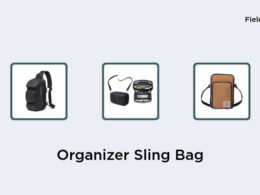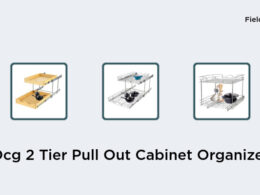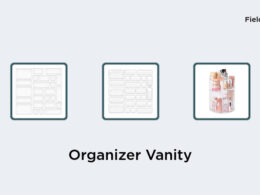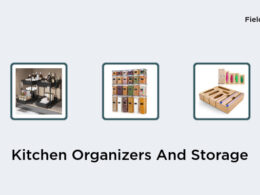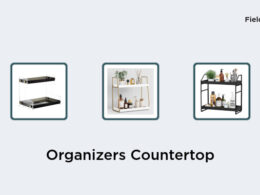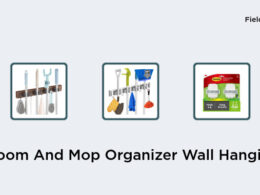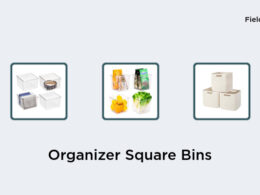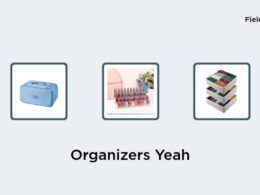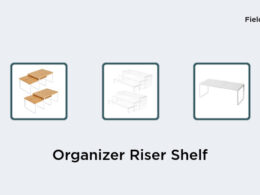Organizing Books by Subject Matter
One of the key aspects of a small library is organizing the books efficiently by subject matter. Often, it is best to start by grouping your books based on broad categories such as fiction, non-fiction, biographies, and reference books. Once you have divided the books into these broader categories, you can further subdivide them into specific topics. For instance, in the fiction section, you can divide the books based on genres such as romance, science-fiction, mystery, and fantasy. Similarly, in the non-fiction section, you can organize books by subject matter such as art, science, history, and politics.The Dewey Decimal System Explained
One of the most popular methods used for organizing books in libraries is the Dewey Decimal System. This system was created by Melvil Dewey in 1876 and categorizes books with similar subject matter together. The Dewey Decimal System ensures that every book is divided into 10 major sections and each section is further subdivided into specific topics. The 10 major sections of the Dewey Decimal System are as follows:- 000-099 General Works
- 100-199 Philosophy & Psychology
- 200-299 Religion
- 300-399 Social Sciences
- 400-499 Language
- 500-599 Natural Science & Mathematics
- 600-699 Technology
- 700-799 Arts & Recreation
- 800-899 Literature
- 900-999 History & Geography








